Austin Vs. Land Rover
For over 20 years Land Rover had a British rival in the form of Austin, but in the end there could be only one.
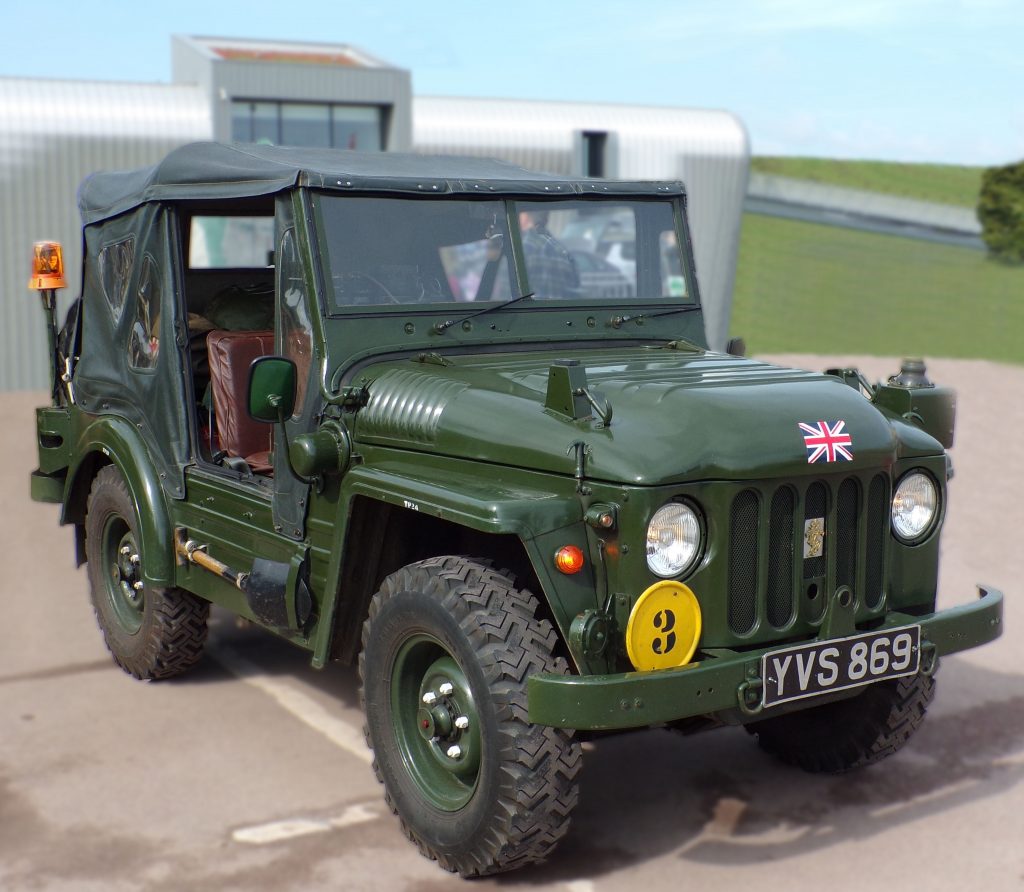
It may surprise you that Land Rover were the second British automobile manufacturer to develop a small light four-wheel drive vehicle. To find the first we need to go back to 1945 a whole 2 years prior to the centre steer prototype Land Rover developed on the chassis of a World War II Jeep.
After World War 2, the British War Department issued a requirement for a light field car to replace the surplus Jeeps that remained in service. Called the Nuffield Gutty, three off prototypes were developed. With a monocoque chassis, rather than a separate chassis of the Jeep or Land Rover, and fitted with independent torsion suspension, the Gutty was ahead of its time. Whilst the requirement stated a Rolls Royce B40 engine was needed (As fitted to the Austin Champ and the 81” Land Rover), none where available so a horizontally opposed flat four petrol engine of 1.8 litre capacity was used instead. With the mocks ups being developed in 1945 the Gutty pre-dates the Land Rover by 2 years. In order to give a quick change between left- or right-hand drive two sets of pedals were fitted to the vehicle.
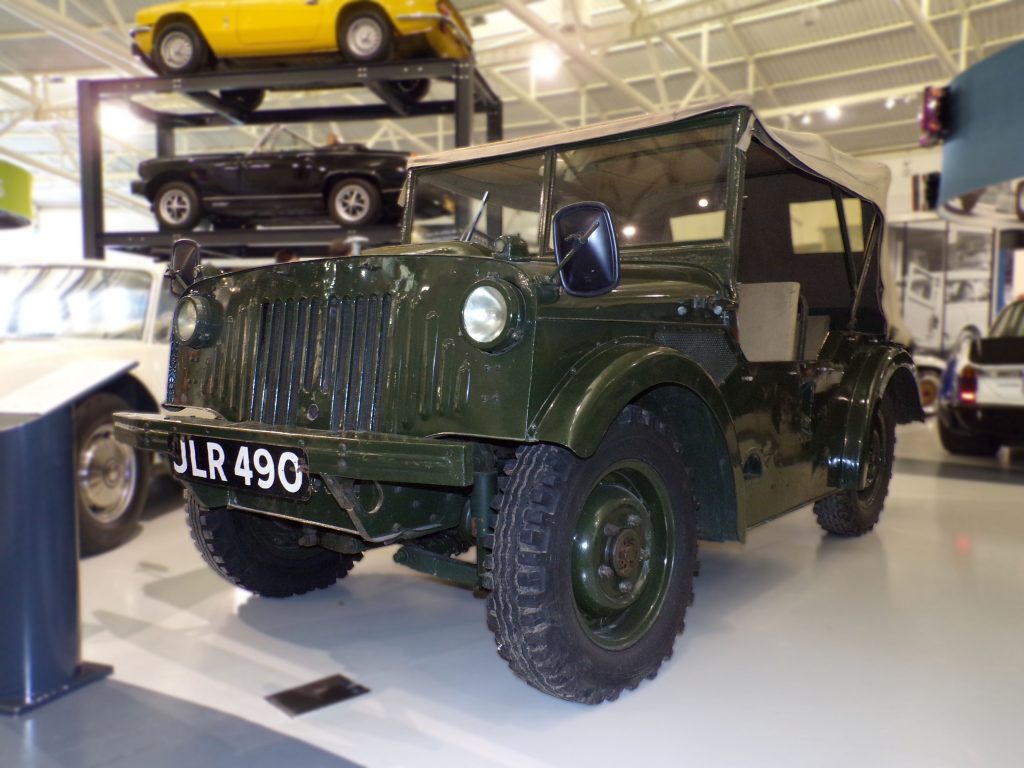
Following the Nuffield Gutty, Lord Nuffield passed the design brief to his Wolseley company to develop the next generation. In August 1948 a contract was placed by the British Army to provide 12 off Mudlarks. There seems to be debate on how many Mudlarks were built, as the Chassis numbers for the military started at P22 through to P33, so it is possible that 33 were built. All the Mudlarks featured the 2.8 litre four-cylinder Rolls Royce engine and were mated to a five-speed gearbox which gave the full range of gears in either forward or reverse. Whilst the Mudlark, at least in this format, never progressed the feedback from the trials and design brief were taken onboard by Austin who developed the Mudlark into the Austin Champ. Whilst the bulk of the Mudlarks had canvas roofs, a photograph exists of a fully enclosed hard top variant. There is thought to be only one more Mudlark in existence and that is in India.
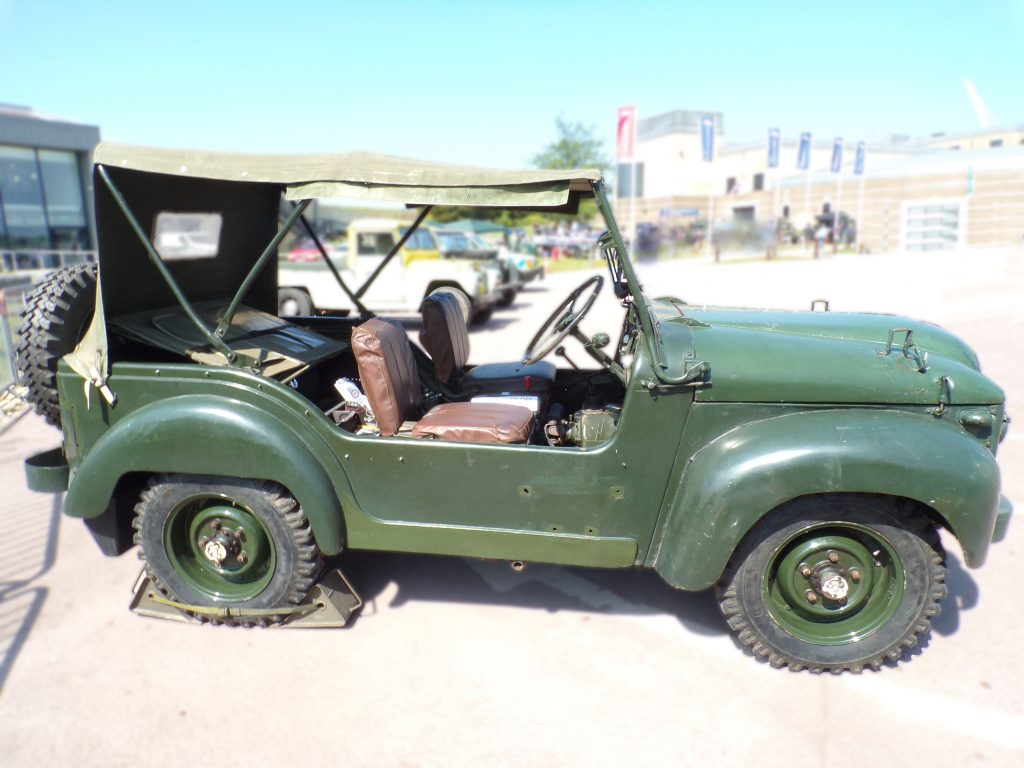
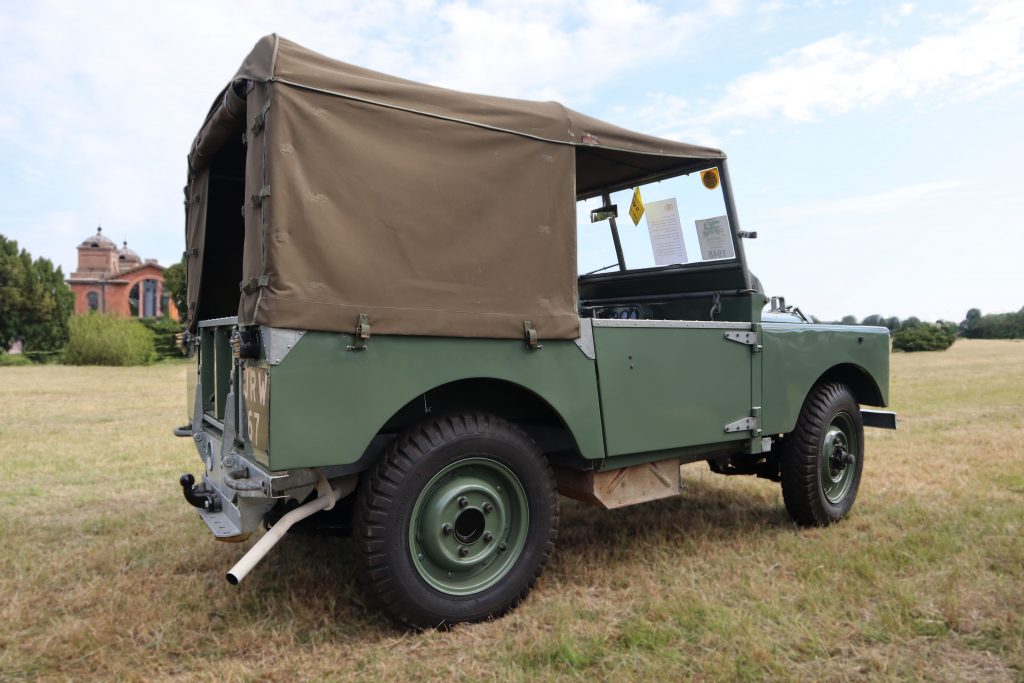
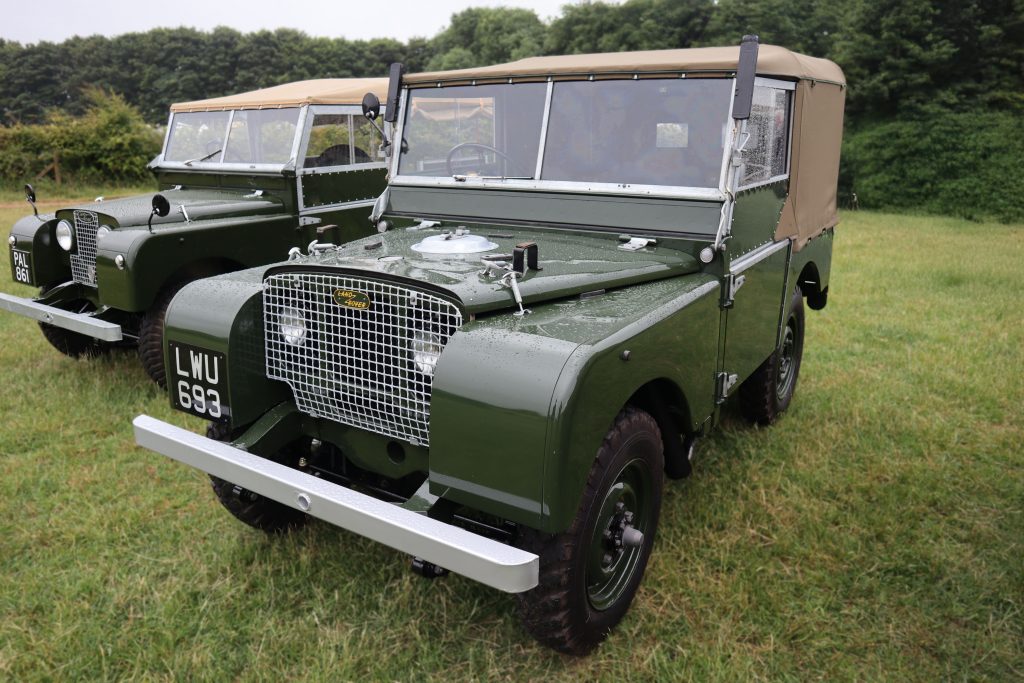
Left – L29 was one of the first Land Rovers ever to be trailed by the Military and was dispatched on the 23rd June 1948 to the Ministry of Supply. Right – One of the 33 81″ Land Rovers fitted with the Roll Royce Engine. Only a handful still exist.
With the Land Rover having been launched in April 1948, it made sense for both companies to provide vehicles and indeed two Pre-Production Land Rovers were tested by the Military. The Land Rover only came with a 1.6 litre Rover engine, and the military were keen to stick with the 2.8 litre Rolls Royce engine, so Land Rover developed a special Land Rover which used the same engine. In order to make the engine fit the front axle had to be moved forward 1 inch, giving it a unique 81” wheelbase. Land Rover made 33 of these Land Rovers in 1949 for the Military trials. At first glance you would be forgiven for missing a 81” Land Rover as visually it was almost identical to the 80”, however there are a couple of give a ways. First, the bonnet was raised slightly at the front due to the larger engine, and secondly the radiator cap required a round cut out in the bonnet. During the trials the standard Land Rover was victorious so the 81” Land Rover was short lived indeed.
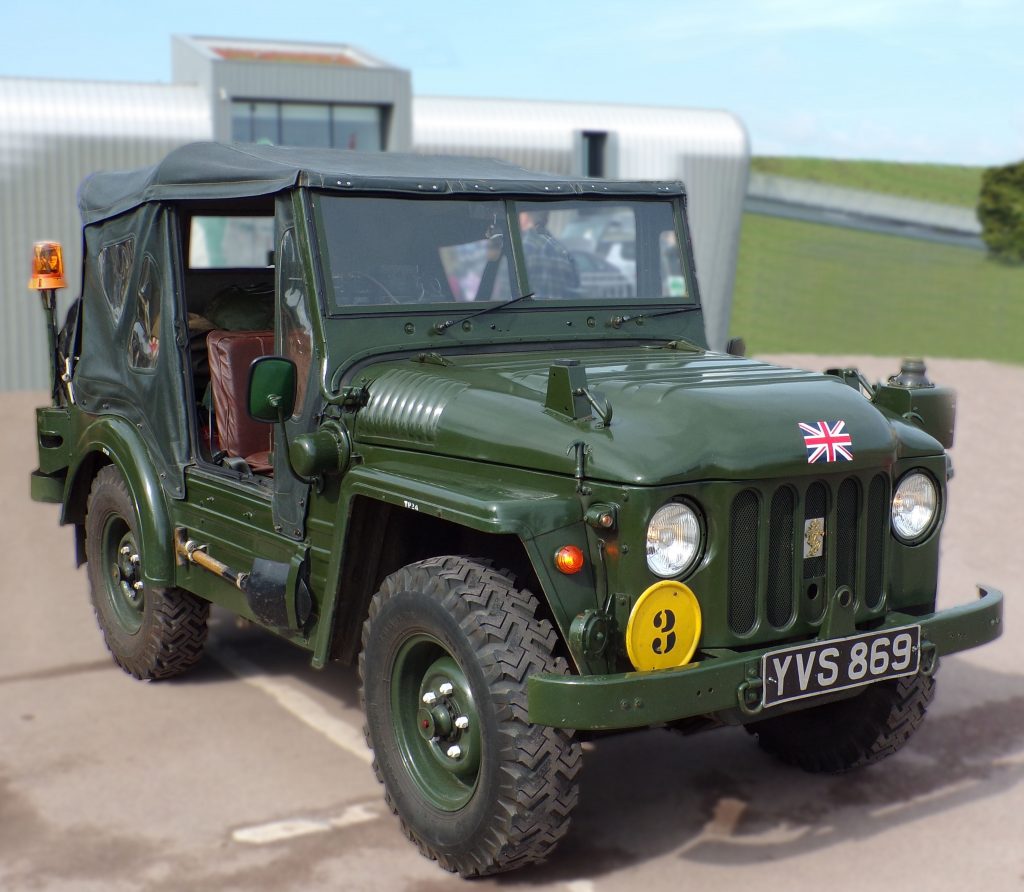
After the Mudlark, Austin took the design and developed it into the Austin Champ or Truck, 1/4 ton, CT 4×4, Cargo & FFW, Austin Mark 1 to give it its snappy official name. The Champ entered production in 1951 and continued until 1955. Whilst initially 15,000 were ordered only 11,732 were made as the Land Rover was deemed a better fit for military purposes. Powered by the same 2.8 litre straight four petrol engines as the Mudlark, the champ had a 5 speed all synchromesh gearbox and due to its reverse gear set up, all five gears were available in either forward or reverse. The body of the champ was structural unlike the Land Rover and the suspension was all independent as opposed to Land Rover’s solid axle and leaf spring set up.
The Champ was used in multiple rolls when in service. Examples were used in General Service or FFW (Fitted for Wireless). It could be fitted with two stretchers to make is a field Ambulance or even fitted with a rudimentary armour kit to give better protection. The basic body was an open top four-seater, made from pressed steel. The front windscreen could be folded down on top of the bonnet as well. A feature that was removed from the civilian version. It is thought that around 500 civilian versions were produced. With a 20-gallon fuel tank the Champ had an operational range of around 300 miles. Something that was specified in the original military brief.
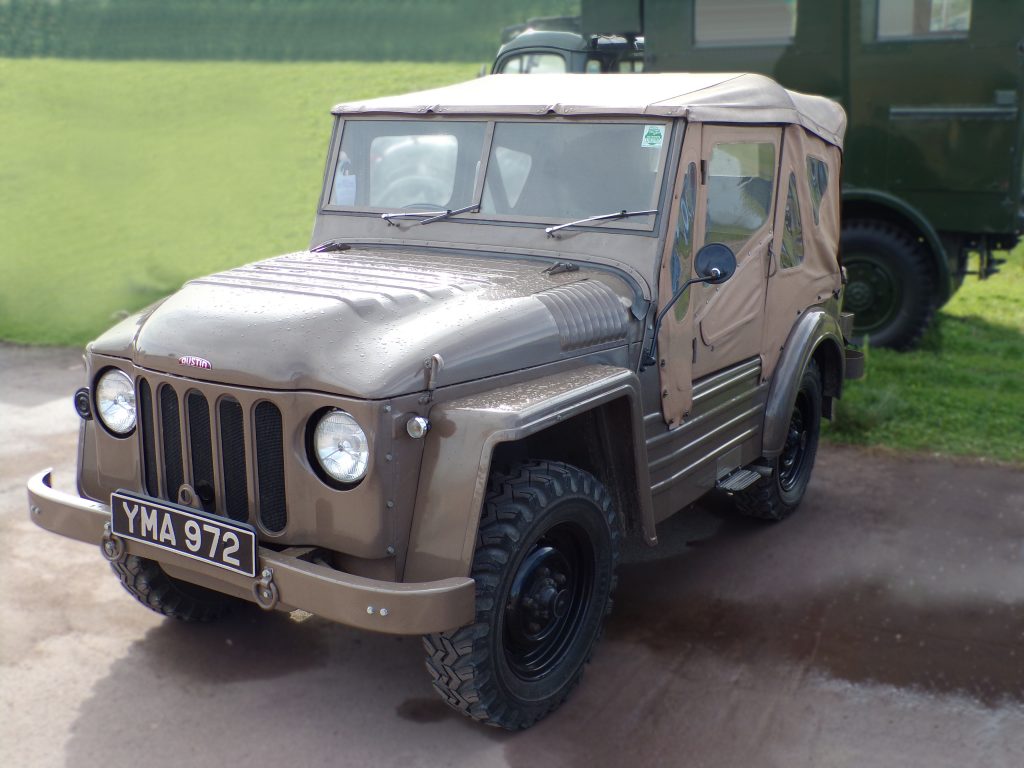
In 1958 Land Rover launched the Series 2 Land Rover to the market, and at a similar time Austin launched the Gypsy. The Austin Gypsy was aimed to be a rival to the Land Rover. With a wheelbase of 90” it was slightly longer than the Land Rover equivalent. The design of the Gypsy was basic, a steel body was mounted on the separate chassis. The available engines were either the 2.2 litre straight four Austin A70 petrol engine or a 2.2 litre diesel engine, both mated to a four-speed gearbox and transfer box giving high ratio rear wheel drive or low ratio four-wheel drive. The main difference between the Gypsy and the Land Rover however was the suspension set up. Whilst the Land Rover had beam axles and leaf springs, the Gypsy had all round independent suspension. The system used was quite innovative and used rubber components on a trailing arm. Like the Land Rover, the Gypsy was available with an optional power take off which could be used to power various ancillary equipment, making it a useful work horse. The first iteration of the Gypsy, the G1M10, was built until 1960.
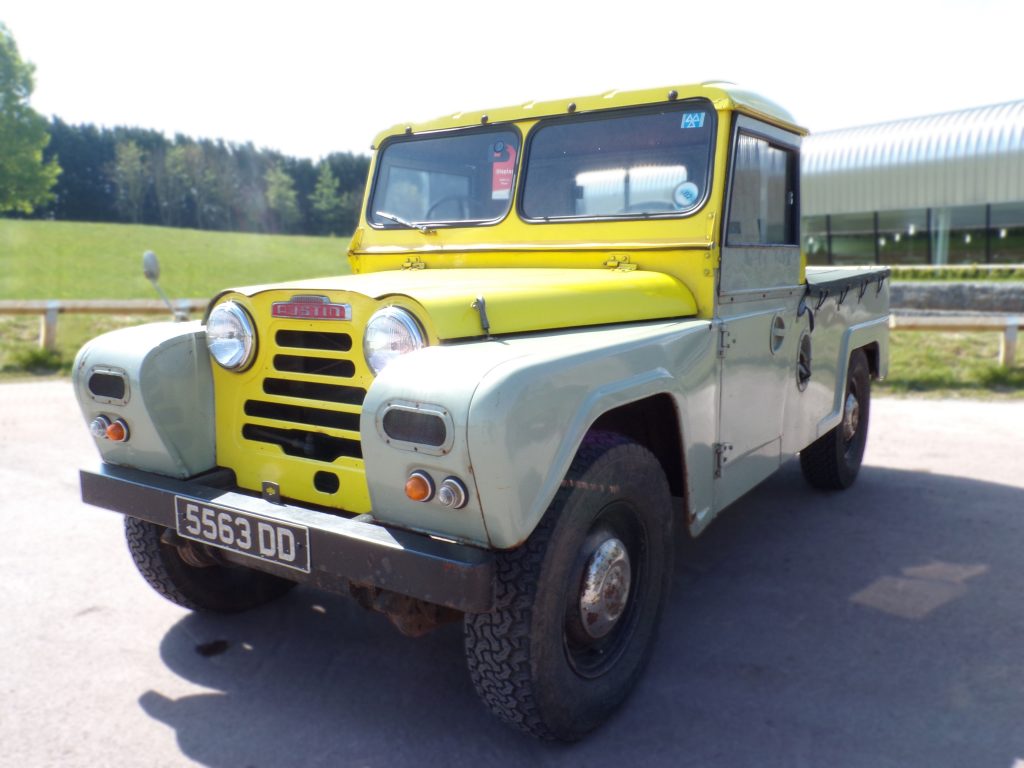
After the G1M10 Gypsy, Austin launched the G2M10 (SWB) & G2M15 (LWB) in 1960. and included the introduction of the long wheelbase model. AS with the SWB Gypsy, the LWB was two inches longer in wheelbase than its Land Rover rival giving a wheelbase of 111 inches. For the LWB version the independent suspension was replaced at the rear for a more traditional beam axle and leaf spring set up. The other major change was to the transfer box. This had been re-engineered to allow four-wheel drive in both high and low ratio. Despite the best attempts of Austin, the military never took to the Gypsy, instead sticking with Land Rovers. The G2M10 & G2M15 remained in production until 1964.
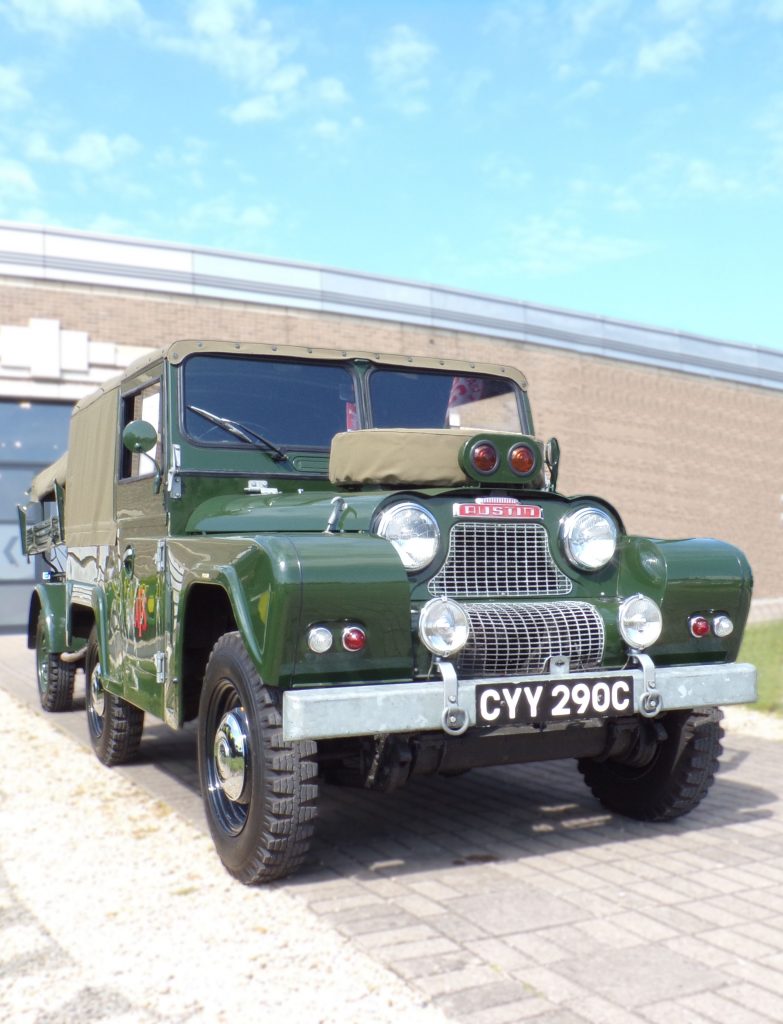
In 1964, the next model update was launched, called the G4M10 (SWB and G4M15 (LWB). The main change was to the suspension. The independent suspension of the previous two models had been replaced by a leaf spring set up. The original set up was still available however on the G4M10 as an option. The front suspension of the G4M15 could also be fitted with this system as an option extra also, but as with the G2M15 the rear suspension remained with leaf springs. With the launch of the G4 models both the petrol and diesel options had a minor power increase. The Gypsy was available in many guises now, including a fire engine variant. You could also specify your Gypsy as a chassis only to allow bespoke builds. In 1965 the independent suspension option was dropped altogether. In the late 1960’s the British motor industry was starting to join forces and when, in 1968, BMC Jaguar and Leyland all merged it was decided that it made no sense producing two rival four-wheel drive vehicles in the same company, so the Gypsy was dropped in favour of the more popular Land Rover. Just think, if the outcome was the other way round, we could be running Austin Gypsy Life.
